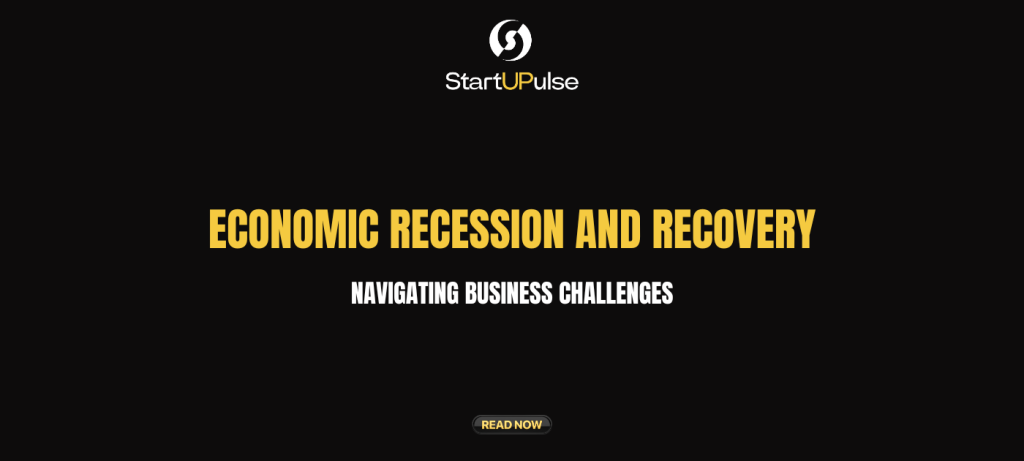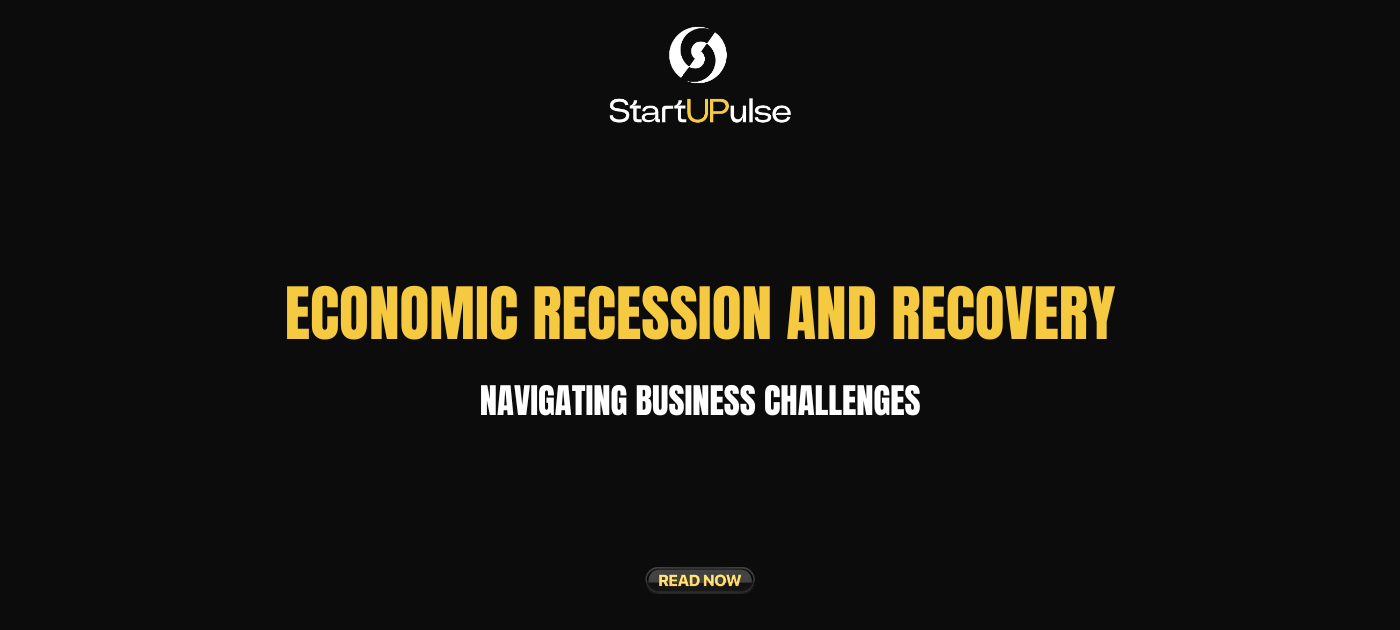
Economic recessions, those periods of economic decline marked by shrinking GDP, rising
unemployment, and reduced consumer spending, are an inevitable part of the business
cycle. While they can be daunting, understanding their mechanics and impact on businesses
is crucial for survival and even growth.
Understanding the Economic Downturn
Recessions are complex phenomena influenced by a myriad of factors. They often emerge
as a culmination of events such as financial crises, asset bubbles bursting, or global
economic shocks. The ripple effects are far-reaching, impacting individuals, businesses, and
governments in profound ways.
At the heart of a recession lies a decline in consumer spending, the lifeblood of many
economies. As individuals tighten their belts in response to economic uncertainty,
businesses dependent on consumer demand face a significant challenge. Reduced
spending translates to lower sales and revenue, forcing companies to re-evaluate their
operations and strategies.
Unemployment is another hallmark of a recession. As businesses struggle to maintain
profitability, layoffs often become a necessary measure. The resulting increase in
unemployment further exacerbates the economic downturn, creating a vicious cycle. With
fewer people earning incomes, consumer spending declines even more, deepening the
recession’s impact.
The financial sector also plays a crucial role in economic downturns. Credit becomes scarcer
as financial institutions adopt a more conservative lending approach. This credit crunch
hampers businesses’ ability to invest, expand, and meet their financial obligations.
Consequently, economic activity slows down, and job losses mount.
Investor confidence is a delicate barometer of economic health. During recessions,
uncertainty prevails, leading to a decline in stock market values and a decrease in investor
appetite for risk. This translates to reduced capital availability for businesses, hindering their
growth and innovation efforts.
The Impact on Businesses
The consequences of a recession on businesses can be severe and far-reaching. Reduced
revenue is an immediate and often crippling impact. As consumer spending and investment
diminish, businesses experience a decline in sales, affecting their bottom line.
Profit margins, the difference between revenue and costs, come under intense pressure
during recessions. Rising costs of raw materials, energy, and labor, coupled with falling
revenue, squeeze profit margins. Businesses must find ways to control costs while
maintaining product or service quality to stay afloat.
Cash flow, the lifeblood of any business, becomes a critical concern during economic
downturns. Delayed payments from customers and increased expenses can lead to cash
flow shortages, making it difficult to meet short-term obligations. Effective cash management
becomes paramount to avoid liquidity crises.
Supply chain disruptions are another challenge businesses face during recessions.
Economic downturns can impact global trade, leading to delays in the delivery of raw
materials and components. This can disrupt production schedules, increase costs, and
erode customer satisfaction.
Increased competition is an inevitable consequence of economic downturns. As businesses
fight for a shrinking market share, competition intensifies. This necessitates innovative
strategies, cost reduction measures, and a relentless focus on customer retention to gain a
competitive edge.
Strategies for Survival and Growth
While recessions present significant challenges, they also offer opportunities for businesses
that can adapt and innovate. Cost cutting is often the first line of defense. Identifying and
eliminating unnecessary expenses is crucial for preserving cash flow. This may involve
streamlining operations, renegotiating contracts, or reducing the workforce through layoffs or
early retirement programs.
Focusing on core competencies is another essential strategy. By concentrating on what a
business does best, it can improve efficiency, enhance product or service quality, and
maintain customer loyalty. This approach helps businesses weather the storm and emerge
stronger when the economy recovers.
Diversification can be a powerful tool for mitigating recessionary risks. Expanding into new
markets or product lines can reduce dependence on a single sector and create additional
revenue streams. Strategic diversification can help businesses withstand economic
downturns and seize growth opportunities.
Digital transformation has become increasingly important for business survival and growth.
Embracing technology can improve efficiency, reduce costs, and enhance customer
experience. Online platforms can be used to reach new markets, build customer
relationships, and gather valuable data for informed decision-making.
Customer retention is paramount during recessions. Building strong relationships with
existing customers is essential for maintaining revenue and fostering loyalty. Offering
incentives, loyalty programs, and exceptional customer service can help businesses retain
customers and encourage repeat purchases.
Innovation remains a key driver of business success, even in challenging economic times.
Developing new products or services can create new markets and revenue streams.
Investing in research and development can help businesses stay ahead of the competition
and emerge from the recession with a competitive advantage.
Government support programs can be a lifeline for businesses during recessions. Many
governments offer loans, grants, and tax incentives to help businesses survive and create
jobs. Understanding and leveraging available support can be crucial for business continuity.
The Road to Recovery
Economic recovery is a gradual process that unfolds in stages. The initial phase is
characterized by stabilization, as the economy begins to adjust to the shock of the recession.
Key indicators, such as unemployment rates and consumer confidence, start to level off.
As the economy stabilizes, green shoots of growth emerge. Consumer spending gradually
picks up, driven by improved job security and rising consumer confidence. This increased
spending stimulates business activity, leading to job creation and investment.
Investor confidence gradually returns as economic prospects brighten. This renewed
optimism fuels investment in businesses, driving economic growth and creating new jobs.
The economy enters a phase of sustained expansion, marking the end of the recession.
Building Resilience
While recessions are an inevitable part of the business cycle, businesses can enhance their
resilience to withstand economic downturns. Strong financial management is essential for
building a solid foundation. Effective budgeting, cash flow management, and risk
assessment are crucial for navigating economic challenges.
Risk assessment involves identifying potential threats to the business and developing
contingency plans to mitigate their impact. This proactive approach helps businesses
prepare for unexpected challenges and minimize their consequences.
Agile operations are key to adapting to changing economic conditions. Businesses that can
quickly adjust their strategies, products, or services in response to market changes are
better equipped to weather recessions.
Investing in employee development is crucial for building a resilient workforce. Well-trained
and adaptable employees are better equipped to contribute to business success during
challenging times.
Maintaining a long-term perspective is essential for navigating economic downturns. While
short-term challenges may dominate the agenda, businesses must keep their long-term
goals in sight. By staying focused on their vision and core values, businesses can emerge
from recessions stronger and more competitive.
Economic recessions are undoubtedly challenging, but they also offer opportunities for
businesses to innovate, adapt, and emerge stronger. By understanding the economic
landscape, implementing effective strategies, and building resilience, businesses can not
only survive but thrive during these turbulent times.
















